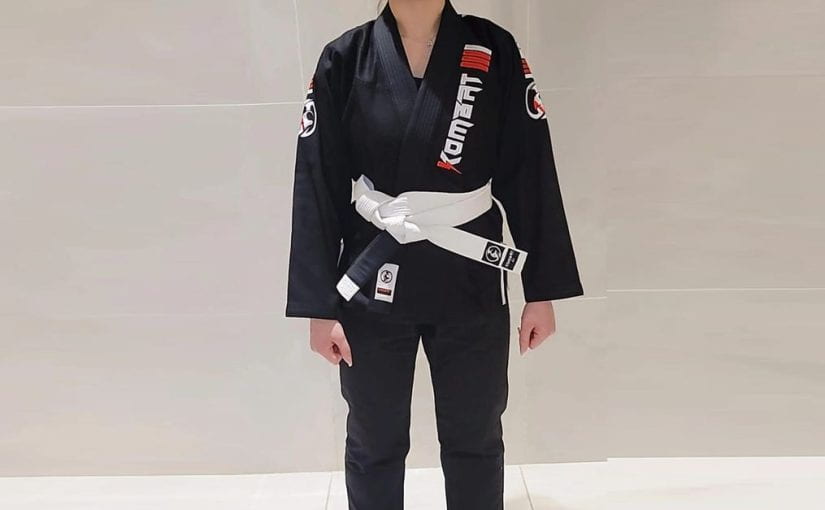In the vast landscape of digital marketing and search engine optimization (SEO), backlinks play a pivotal role in determining a website’s authority and ranking on search engine results pages (SERPs). But not all backlinks are created equal. Some are valuable, while others can harm your website’s SEO efforts. In this comprehensive guide, we will delve into the world of free backlink, helping you understand what they are, how to identify them, and how to leverage them effectively to boost your online presence.
Table of Contents
- Introduction
- What Are Free Backlinks?
- 2.1 Understanding Backlinks
- 2.2 Types of Backlinks
- The Significance of Free Backlinks
- Quality vs. Quantity: A Crucial Distinction
- Identifying High-Quality Free Backlinks
- 5.1 Analyzing Domain Authority
- 5.2 Relevance Matters
- 5.3 Checking for Nofollow Attributes
- Tools for Backlink Analysis
- 6.1 Ahrefs
- 6.2 Moz
- 6.3 SEMrush
- Building Free Backlinks
- 7.1 Guest Blogging
- 7.2 Social Media Engagement
- 7.3 Online Forums and Communities
- Avoiding Black Hat Practices
- Tracking and Monitoring Backlinks
- Measuring the Impact of Free Backlinks
- Common Pitfalls to Avoid
- Conclusion
- FAQs
- 13.1 What are backlinks?
- 13.2 Are all backlinks beneficial for SEO?
- 13.3 How can I identify free backlinks on my website?
- 13.4 Is guest blogging still an effective way to build backlinks?
- 13.5 Can I buy high-quality backlinks for my website?
Introduction
In the ever-evolving realm of SEO, the importance of backlinks cannot be overstated. Backlinks, also known as inbound or incoming links, are hyperlinks from external websites that point to your site. They serve as a vote of confidence in your content and website’s credibility. However, not all backlinks are equal, and this guide aims to shed light on the free backlinks that can significantly impact your website’s SEO performance.
What Are Free Backlinks?
Understanding Backlinks
Before we dive into free backlinks, let’s establish a foundational understanding of what backlinks are. In essence, backlinks are the virtual connectors that link one webpage to another, forming a complex web of information across the internet. They are like the streets and highways of the online world, guiding users from one destination to another.
Types of Backlinks
Backlinks can be categorized into two primary types: free and paid. Free backlinks, as the name suggests, are acquired without monetary transactions. They are earned through various legitimate means, such as quality content creation, while paid backlinks involve financial exchanges and often raise concerns about authenticity and SEO ethics.
The Significance of Free Backlinks
Free backlinks hold immense significance in the SEO landscape. They are a testament to your website’s authority and trustworthiness in the eyes of search engines like Google. The more reputable websites that link to yours, the more favorably search engines view your content. This, in turn, can lead to higher search rankings and increased organic traffic.
Quality vs. Quantity: A Crucial Distinction
It’s crucial to recognize that the quality of backlinks outweighs their quantity. Having numerous low-quality backlinks can actually harm your SEO efforts. Therefore, the focus should always be on obtaining high-quality backlinks from authoritative sources within your niche.
Identifying High-Quality Free Backlinks
Analyzing Domain Authority
Domain authority, often abbreviated as DA, is a metric developed by Moz that assesses the overall strength and trustworthiness of a domain. When identifying free backlinks, prioritize websites with higher domain authority scores, as they are more likely to positively impact your SEO.
Relevance Matters
Relevance is key when it comes to backlinks. A backlink from a website that shares similar content or themes with yours is more valuable than one from an unrelated source. Search engines value relevance as it indicates that the link is natural and not artificially generated.
Checking for Nofollow Attributes
Nofollow links, indicated by the “rel=nofollow” attribute in the HTML code, instruct search engines not to follow the link. While they may not directly contribute to your SEO, they can still drive valuable referral traffic. When identifying free backlinks, consider both nofollow and dofollow links.
Tools for Backlink Analysis
Several tools can assist in the analysis of backlinks. Here are some popular ones:
1. Ahrefs
Ahrefs is a comprehensive SEO toolset that provides in-depth backlink analysis. It offers insights into the number of backlinks, referring domains, and more.
2. Moz
Moz’s Link Explorer is another valuable tool for assessing backlinks. It provides metrics like domain authority and spam score.
3. SEMrush
SEMrush offers a Backlink Analytics tool that helps you monitor your backlink profile and identify high-quality backlinks.
4.freeseotoolsweb
feeseotoolweb offers a free backlink Analytics tool that helps you monitor your backlink profile and identify high-quality backlinks.
Building Free Backlinks
Now that we understand the importance of free backlinks and how to identify them, let’s explore some strategies for building them organically.
Guest Blogging
Guest blogging involves writing articles for other websites within your niche. In return, you can often include a backlink to your site in the author bio or within the content. This is a legitimate and effective way to earn free backlinks.
Social Media Engagement
Active engagement on social media platforms can also lead to free backlinks. When you share valuable content, other users may link to it from their websites or social media profiles.
Online Forums and Communities
Participating in online forums and communities related to your industry allows you to showcase your expertise. If you provide valuable insights, others may naturally link to your website.
Avoiding Black Hat Practices
While building free backlinks is essential, it’s equally important to avoid unethical practices such as buying backlinks or engaging in link schemes. Search engines penalize websites that use such tactics, which can have severe consequences for your SEO.
Tracking and Monitoring Backlinks
To maintain a healthy backlink profile, it’s crucial to regularly track and monitor your backlinks. Use the tools mentioned earlier to identify any toxic or spammy backlinks and disavow them to prevent harm to your website’s SEO.
Measuring the Impact of Free Backlinks
Measuring the impact of free backlinks involves monitoring your website’s search engine rankings, organic traffic, and overall online visibility. Over time, you should see positive improvements as your backlink profile strengthens.
Common Pitfalls to Avoid
In your journey to identify and leverage free backlinks, be aware of common pitfalls, such as neglecting the quality of backlinks, ignoring relevance, or falling into the trap of black hat SEO practices. Stay committed to ethical SEO strategies for long-term success.
Conclusion
Free backlinks are a valuable asset in your SEO arsenal. When acquired and managed effectively, they can propel your website to new heights in search engine rankings and organic traffic. Remember to focus on quality over quantity, stay relevant to your niche, and consistently monitor your backlink profile to ensure a positive impact on your website’s SEO.
FAQs
1. What are backlinks?
Backlinks are hyperlinks from external websites that point to your site. They are essential for SEO as they indicate your website’s authority and credibility.
2. Are all backlinks beneficial for SEO?
No, not all backlinks are beneficial. High-quality, relevant backlinks are valuable, while low-quality or spammy backlinks can harm your SEO.
3. How can I identify free backlinks on my website?
You can use backlink analysis tools like Ahrefs, Moz, or SEMrush to identify free backlinks pointing to your site.
4. Is guest blogging still an effective way to build backlinks?
Yes, guest blogging is still a legitimate and effective way to build free backlinks to your website, provided you follow ethical practices.
5. Can I buy high-quality backlinks for my website?
No, buying backlinks is against Google’s guidelines and can result in penalties. It’s best to focus on earning backlinks through legitimate means.
Read more: Click here



